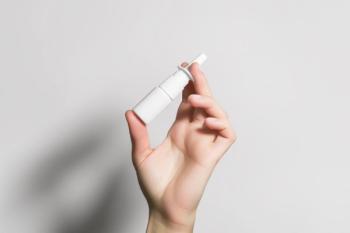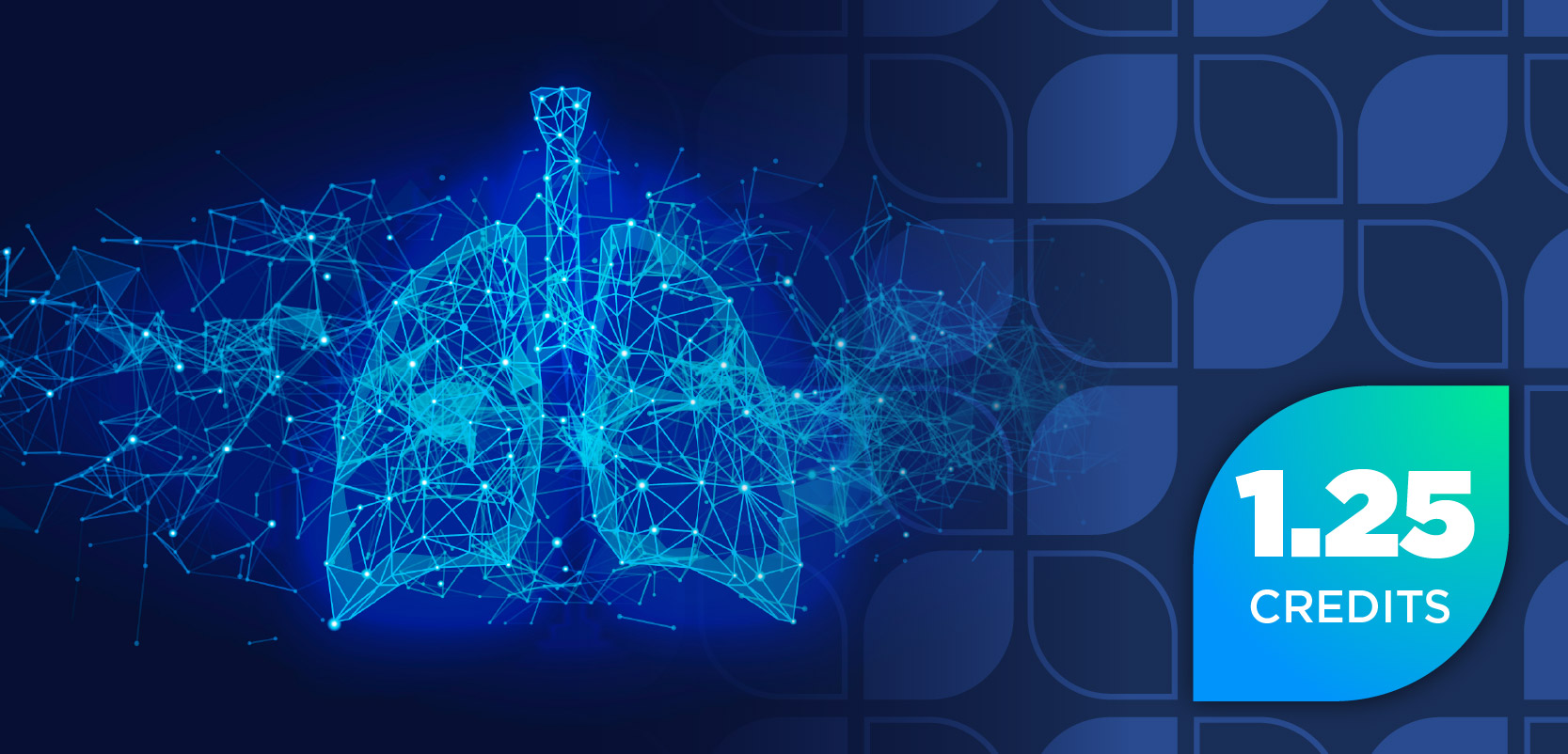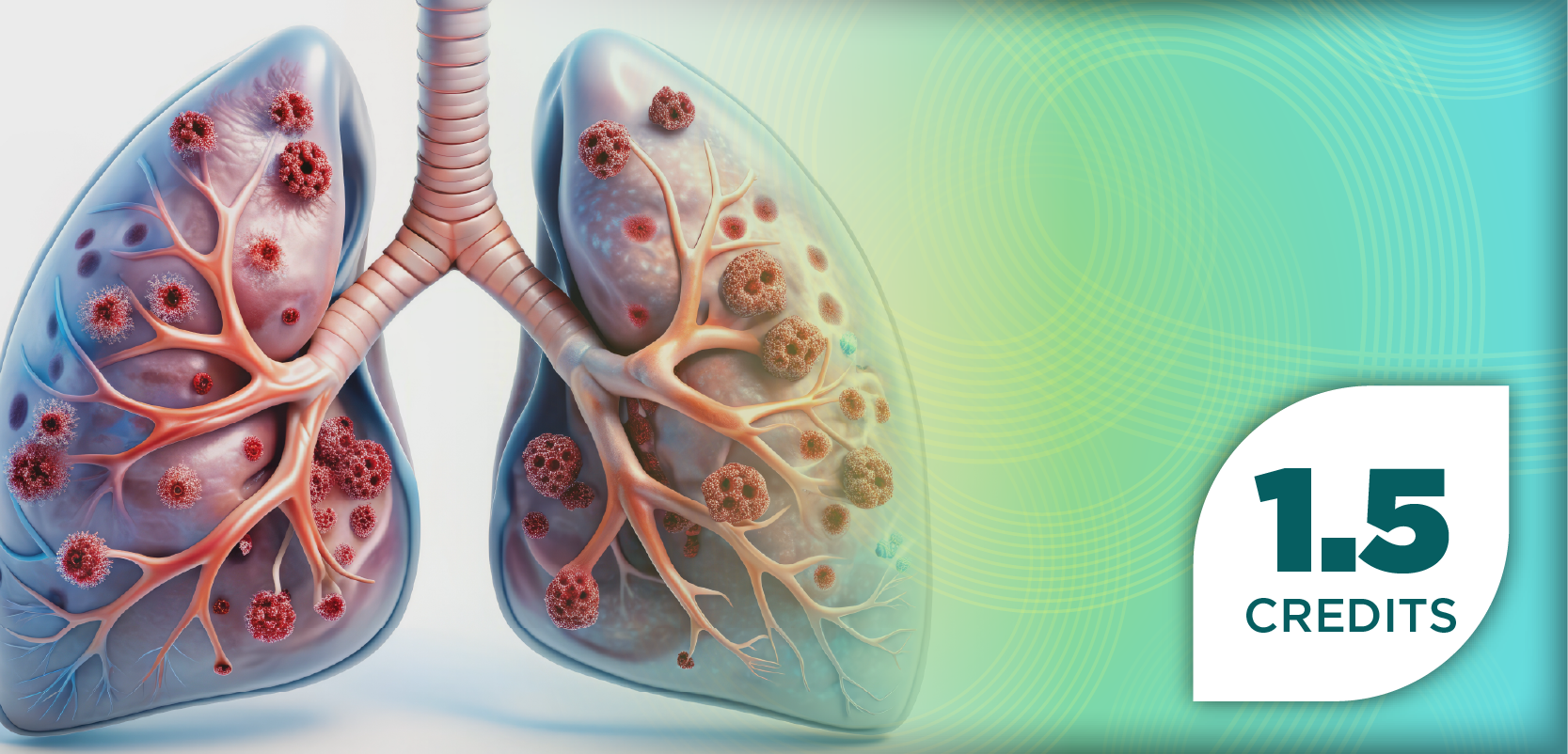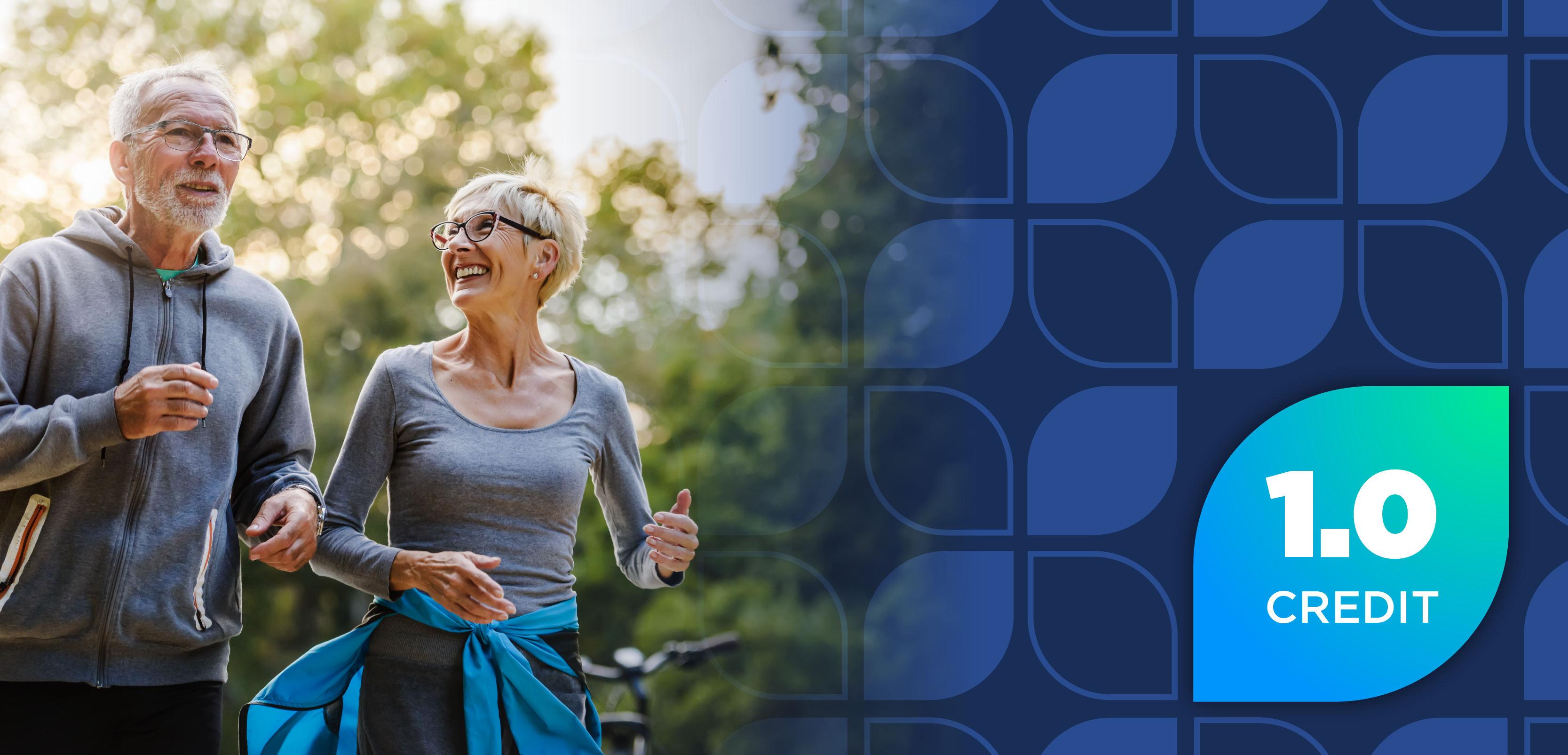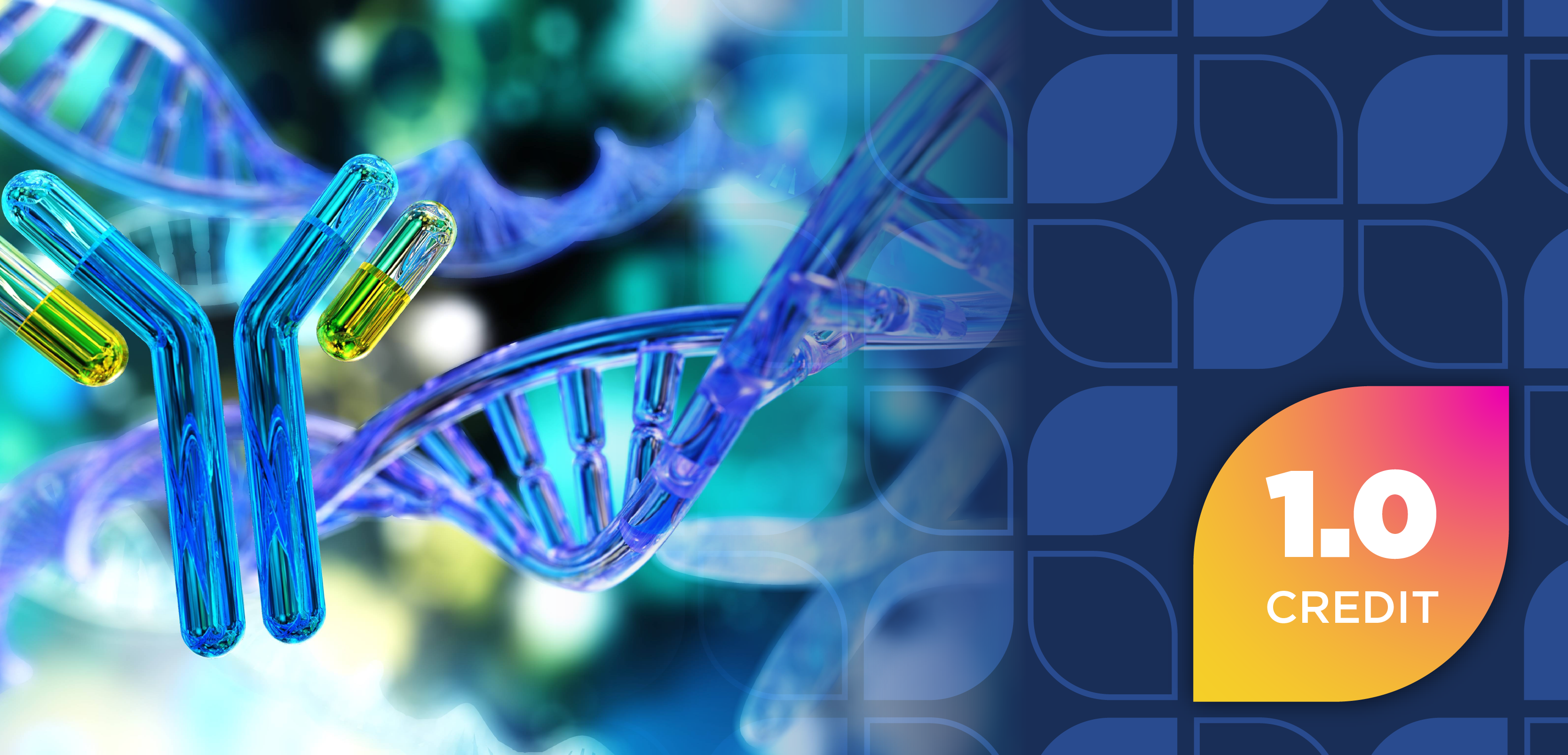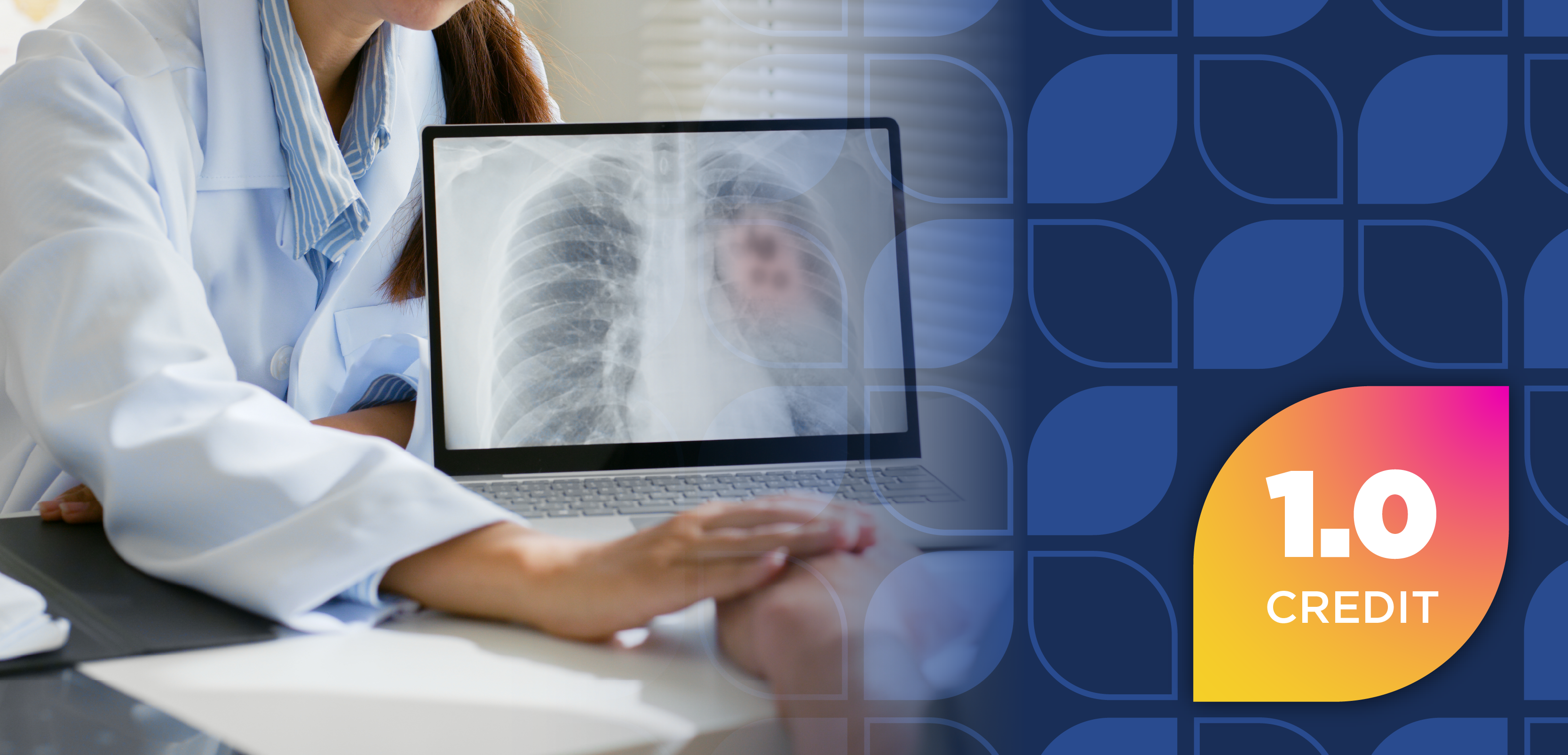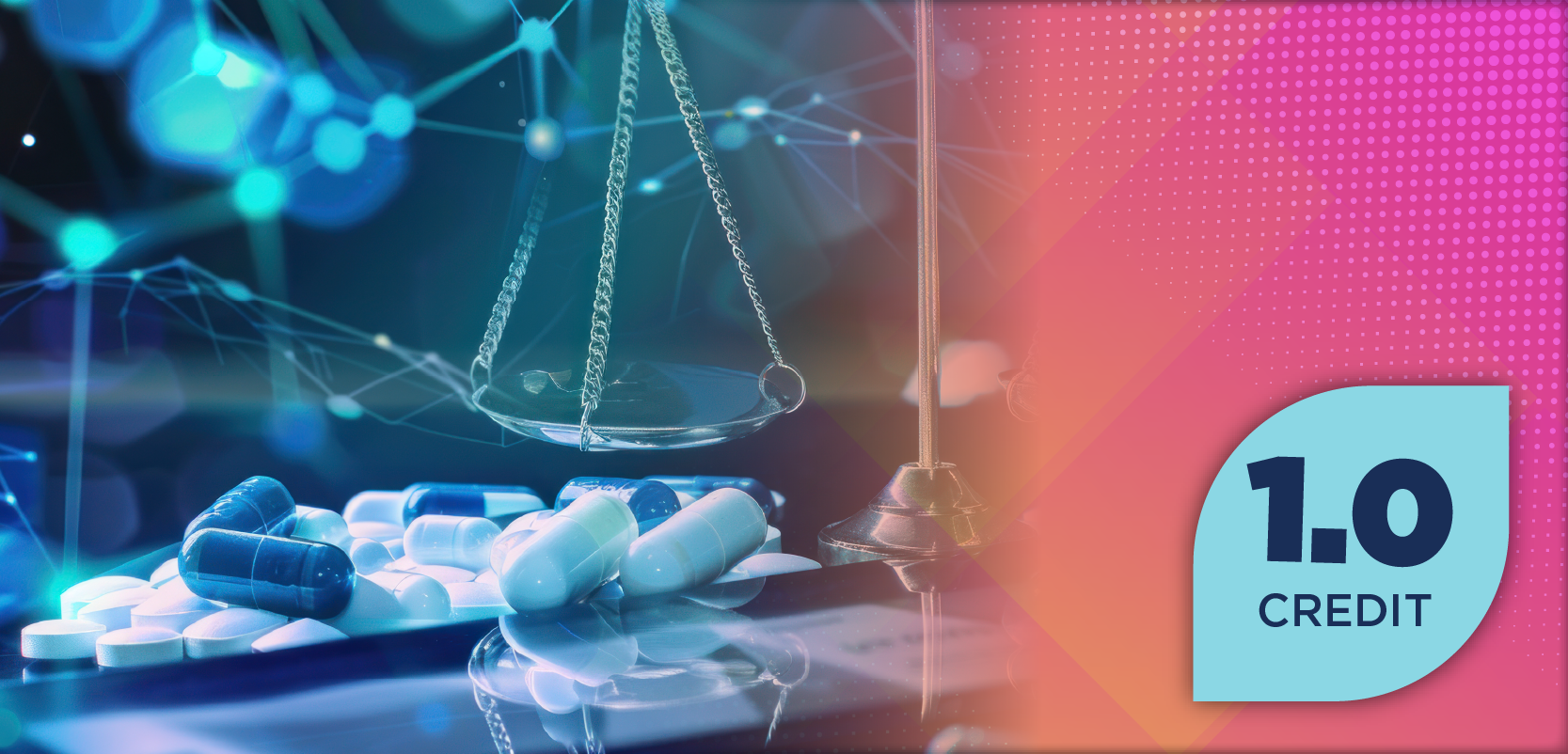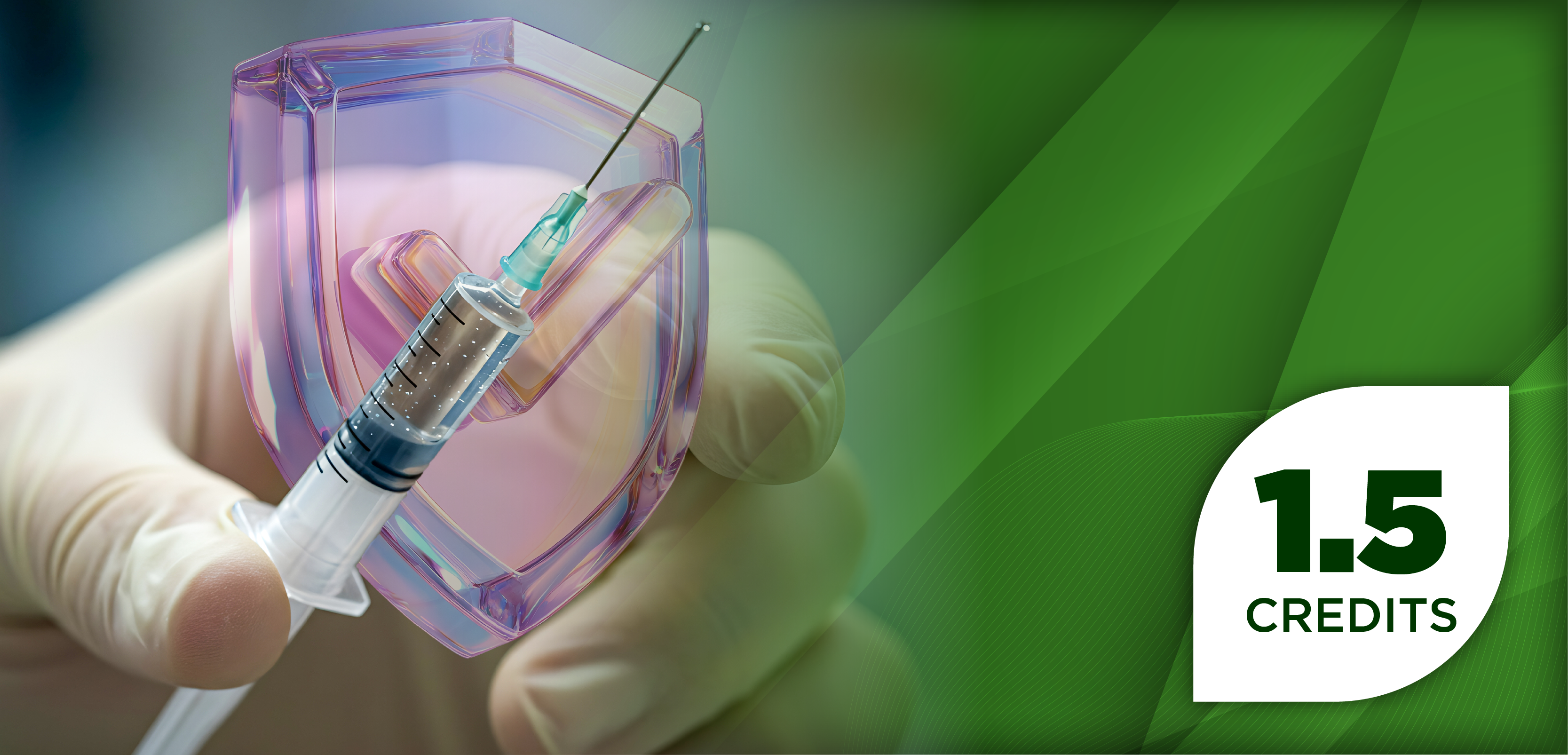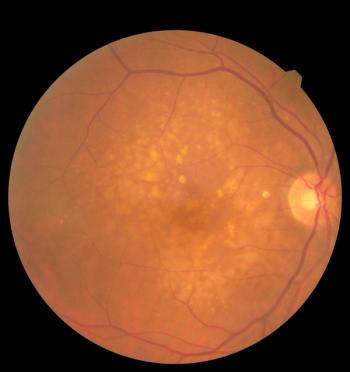
Caffeine vs Guarana: Can AI Predict Which Stimulant Packs the Bigger Punch?
AI-driven analysis reveals guarana offers more sustained cognitive stimulation than caffeine, due to additional bioactive compounds and slower caffeine release kinetics.
Guarana: A Powerful Natural Stimulant
Guarana, also known as Paullinia cupana, a plant native to the Amazon, is widely recognized for its stimulant effects, primarily due to its high caffeine content.1 Depending on the extraction method, guarana can contain up to 5.3% caffeine, significantly more than coffee beans. In addition to caffeine, guarana contains bioactive compounds, including flavonoids and methylxanthines, which may enhance its stimulant effects beyond those of caffeine alone.2,3 The seed of guarana also contains other xanthine alkaloids, such as theophylline and theobromine compounds, which are known to stimulate the central nervous system (CNS) and potentially support cognitive function. Guarana also contains antioxidant compounds, such as catechins, epicatechins, and procyanidins, which may support overall brain health and help counteract oxidative stress associated with mental fatigue. It is processed by shelling, drying, or roasting and then pulverized into a powder, which is commonly incorporated into energy drinks, teas, and other supplements designed to enhance overall mental performance and alertness.4
Guarana’s psychoactive properties stem from its role as an adenosine receptor antagonist, which reduces perceived fatigue and improves vigilance, attention, and reaction time. Caffeine levels in guarana peak in the blood within 60 minutes of ingestion, with effects lasting several hours.3 Some studies suggest that guarana enhances memory, alertness, and cognitive performance.2,3 Although caffeine is the primary active component, guarana’s additional bioactive compounds may contribute to its cognitive-enhancing properties. Research comparing guarana with isolated caffeine suggests potential synergistic effects.5
Given guarana’s growing use in energy drinks and supplements, further investigation is required to clarify its stimulant and cognitive benefits.2,3 Although many of its effects are attributed to caffeine, guarana has been historically used to promote wakefulness and combat mental fatigue. It’s often marketed as a cognitive enhancer, with possible claims of boosting alertness, concentration, memory, and mental endurance.2
Caffeine: Another Natural Stimulant
Caffeine is the world’s most widely consumed stimulant, naturally found in over 60 plant species, including coffee beans, tea leaves, cacao, and guarana berries. It is a key component of coffee, tea, energy drinks, and chocolate, with its concentration varying based on the source and preparation method. Although caffeine is primarily derived from natural sources, it can also be synthetically produced for use in soft drinks, medications, and supplements, with no chemical difference between natural and manufactured forms.6
Caffeine enhances alertness and reduces fatigue by blocking adenosine receptors in the brain, preventing drowsiness and promoting wakefulness. This mechanism increases neurotransmitter activity, improving focus, reaction time, and cognitive processing speed, particularly in tasks that rely on working memory. Research has shown that caffeine improves working memory, attention, and reaction time, particularly in mentally demanding tasks.6
Caffeine’s psychostimulant effects are primarily due to its role as a CNS stimulant. Its primary mechanism of action involves antagonism at adenosine receptors, which play a key role in regulating sleep, memory, learning, and arousal. By blocking adenosine receptors, caffeine increases the release of neurotransmitters such as dopamine, serotonin, norepinephrine, and acetylcholine—neurochemicals that enhance memory function, overall cognitive alertness and performance, attentiveness, and mood. Caffeine also influences cognition through additional mechanisms, such as mobilizing intracellular calcium to improve synaptic transmission and inhibiting phosphodiesterase to increase cyclic AMP levels. This can further boost neurotransmitter release and contribute to cognitive function, which is dependent on high concentrations.6 Its widespread use as a cognitive enhancer highlights caffeine’s role as an effective stimulant, with ongoing research continuing to explore its impact on brain function and mental performance.6
Caffeine vs Guarana: Can Artificial Intelligence Predict Which Stimulant Packs the Bigger Punch?
As the consumer demand for cognitive enhancement grows, guarana and caffeine remain 2 of the most popular natural stimulants. Although they are both consumed, they are often interchangeable despite their pharmacological differences. Whereas caffeine is the primary active component in both caffeine-based beverages and guarana powder, guarana’s additional bioactive compounds may contribute to its cognitive-enhancing properties. Research suggests potential synergistic effects between caffeine and these compounds; however, further studies are needed to confirm their impact. Given the increasing use of stimulants in both energy drinks and supplements, a deeper understanding of their differences is essential.
Artificial intelligence (AI)-based predictive modeling offers a novel approach to analyzing and comparing the stimulant effects of caffeine and guarana. By incorporating variables such as dosage, timing, baseline fatigue, and individual metabolism, AI can process complex data sets that traditional studies may overlook.7 By leveraging data on cognitive performance, alertness, and physiological responses, AI can identify patterns that may determine whether guarana’s additional compounds enhance or prolong the stimulant effects beyond those of caffeine alone.
A 2023 randomized trial by Gurney et al found that guarana supplementation significantly improved reaction time compared with a placebo, with greater cognitive benefits than caffeine alone following intense physical activity.5 Similarly, a 2024 study by Talik et al showed that guarana enhanced working memory and alertness, highlighting its potential for improving cognitive performance.3 Hack et al’s 2023 meta-analysis further confirmed that guarana may produce faster response times in mentally demanding tasks.2
Machine learning models such as decision trees, neural networks, and clustering algorithms can evaluate which compound produces more sustained attention or faster reaction times under specific conditions.8 This research could provide data-driven insights into which stimulant offers superior cognitive benefits and how individual factors, such as metabolism, dosage, and tolerance, affect their efficacy.
In the future, AI-driven comparisons may help optimize supplement formulations, inform clinical recommendations, and enable consumers to select personalized energy solutions tailored to their unique neurochemical responses.7
Are They Really That Different?
Although caffeine and guarana both act as stimulants, their effects may not be identical. Caffeine is rapidly absorbed, delivering a quick surge in alertness followed by an energy crash. Guarana, on the other hand, contains additional bioactive compounds that slow the release of caffeine and modulate its pharmacokinetics, potentially providing a more sustained stimulant effect. These include saponins, tannins, and flavonoids, which may slow caffeine absorption and enhance tolerability.9 Some studies suggest that guarana may enhance cognition beyond the impact of caffeine alone.2 In a review by Schimpl et al, guarana was shown to improve memory performance and mood at lower doses than caffeine, indicating potential synergistic or additive effects.9 Additionally, the slower release profile of guarana may reduce the risk of shakiness, jitteriness, or rebound fatigue commonly associated with the isolated intake of caffeine.
With conflicting research, AI-driven predictive modeling offers a novel approach to analyzing and comparing the stimulant effects of caffeine and guarana, potentially providing deeper insights into their impact. By incorporating parameters such as absorption rate, half-life, compound synergy, and individual metabolism, AI can provide personalized recommendations that go beyond general assumptions.9
One implementation of the AI approach in this work is the use of ChatGPT to generate a side-by-side overview of caffeine and guarana, highlighting their unique stimulant profiles, as shown in Table 1.2,9 The data presented in Table 1 were extracted from references, as requested by ChatGPT. As shown in the AI-generated table, guarana offers more appealing characteristics than caffeine, including a slower onset of action and a longer duration of action. Moreover, guarana has a mildly sweet taste and, most importantly, has slower tolerance development than caffeine and less crash potential. As discussed above, these favorable characteristics may be attributed to the collective bioactive chemicals in guarana.
How AI Can Predict Whether Caffeine or Guarana Has a Stronger Stimulant Effect
Comparing the stimulant effects of caffeine and guarana is complex due to the differences in metabolism, dosage, and the presence of additional bioactive compounds in guarana. Traditional research methods rely on controlled studies; however, the results can vary depending on individual responses. AI-driven predictive modeling offers a more advanced approach by analyzing large data sets, tracking physiological responses, and evaluating cognitive performance.7 By applying machine learning, statistical modeling, and pharmacokinetic simulations, AI can help determine which stimulant provides stronger and more sustained effects on alertness, energy, and cognition.2,10 AI can offer a transformative solution by analyzing large, multidimensional data sets and identifying subtle trends to predict how individuals may respond to specific stimulant compounds under different conditions.
A summary of how AI models and tools can be used to make those predictions is provided in Table 2,11-13 which was generated from references after requesting ChatGPT to locate the source of the gathered data. We can incorporate machine learning models, such as regression and classification algorithms, to predict outcomes related to the use of stimulants. For example, a random forest regressor could be trained on variables like the dose, age, caffeine history of the consumer, and body mass index to estimate peak energy levels following caffeine or guarana intake. In this work, we utilized ChatGPT to predict the percentage of stimulant effects of caffeine vs guarana. As shown in Figure 1, guarana provided a more sustained stimulant effect over 8-hour periods compared with caffeine. Furthermore, guarana showed a 100%, 80%, 60%, 50%, 40%, 35%, 25%, 20%, and 15% stimulation at hours 0, 1, 2, 3, 4, 5, 6, 7, and 8 after consumption, compared with 100%, 60%, 36%, 22%, 15%, 10%, 5%, 4%, and 2% for caffeine, with a very steep decline in the stimulant effect (see Figure 1). These AI-driven techniques and models may pave the way for more personalized and predictive use of stimulants, optimizing cognitive performance while minimizing potential adverse effects.
Moreover, in this work, we were interested in understanding how AI can be further utilized in exploring the applications of this technology in the study of stimulants. Therefore, ChatGPT was used to generate Table 3, which outlines the key applications of AI in the context of stimulant research. These applications demonstrate how AI can support personalized use of stimulants, supplemental development, and clinical decision-making to enhance both the safety and efficacy of these stimulants. These applications were extracted from the following literature after double-checking with ChatGPT.
Conclusion
As AI continues to evolve, it will enable more accurate, personalized, and scalable evaluations of natural stimulants, such as guarana and caffeine. These tools not only improve our understanding of their uses and effects but also pave the way for tailored energy support that minimizes adverse effects such as anxiety, shaking, jitters, crashes, and insomnia. In clinical settings, AI has the potential to help pharmacists, researchers, and formulators deliver more effective therapeutic guidance and products to consumers.
REFERENCES
1.Moustakas D, Mezzio M, Rodriguez BR, Constable MA, Mulligan ME, Voura EB. Guarana provides additional stimulation over caffeine alone in the planarian model. PLoS One. 2015;10(4):e0123310. doi:10.1371/journal.pone.0123310
2. Hack B, Penna EM, Talik T, Chandrashekhar R, Millard-Stafford M. Effect of guarana (Paullinia cupana) on cognitive performance: a systematic review and meta-analysis. Nutrients. 2023;15(2):434. doi:10.3390/nu15020434
3. Talik TN, Penna EM, Hack BP, Harp A, Millard-Stafford M. Effects of acute guarana (Paullinia cupana) ingestion on mental performance and vagal modulation compared to a low dose of caffeine. Nutrients. 2024;16(12):1892. doi:10.3390/nu1612892
4. LiverTox: clinical and research information on drug-induced liver injury [internet]. Bethesda (MD): National Institute of Diabetes and Digestive and Kidney Diseases; 2012.
5.Gurney T, Bradley N, Izquierdo D, Ronca F. Cognitive effects of guarana supplementation with maximal intensity cycling. Br J Nutr. 2023;130(2):253-260. doi:10.1017/S0007114522002859
6.Fiani B, Zhu L, Musch BL,et al. The neurophysiology of caffeine as a central nervous system stimulant and the resultant effects on cognitive function. Cureus. 2021;13(5):e15032. doi:10.7759/cureus.15032
7.Wang F, Preininger A. AI in health: state of the art, challenges, and future directions. Yearb Med Inform. 2019;28(1):16-26. doi:10.1055/s-0039-1677908
8.Ansari KAB, Banerjee A, Wood DA, et al. Machine-learning predictions of caffeine co-crystal formation accompanying experimental and molecular validations. J Food Proc Engin. 2022;46(8). doi:10.1111/jfpe.14230
9.Schimpl FC, da Silva JF, Gonçalves JFC, Mazzafera P. Guarana, revisiting a highly caffeinated plant from the Amazon. J Ethnopharmacol. 2013;150(1):14-31. doi:10.1016/j.jep.2013.08.023
10.Reddy VS, Shiva S, Manikantan S, Ramakrishna S. Pharmacologyof caffeine and its effects on the human body. Eur J Med Chem Rep. 2024;10:100138. doi:10.1016/j.ejmcr.2024.100138
11.Shi J, Benowitz NL, Denaro CP, Sheiner LB. Pharmacokinetic-pharmacodynamic modeling of caffeine: tolerance to pressor effects. Clin Pharmacol Ther. 1993;53(1):6-14. doi:10.1038/clpt.1993.3
12.Domingues R, Batista P, Pintado M, Oliveira-Silva P, Rodrigues PM. Evaluation of the responsiveness pattern to caffeine through a smart data-driven ECG non-linear multi-band analysis. Heliyon. 2024;10(11):e31721. doi:10.1016/j.heliyon.2024.e31721
13.Rowland M, Peck C, Tucker G. Physiologically-based pharmacokinetics in drug development and regulatory science. Annu Rev Pharmacol Toxicol. 2011;51:45-73. doi:10.1146/annurev-pharmtox-010510-100540
14.Lee J, Yoon W, Kim S, et al. BioBERT: a pre-trained biomedical language representation model for biomedical text mining. Bioinformatics. 2020;36(4):1234-1240. doi:10.1093/bioinformatics.btz682
15.Esteva A, Robicquet A, Ramsundar B, et al. A guide to deep learning in healthcare. Nat Med. 2019;25(1):24-29. doi:10.1038/s41591-018-0316-z
16.Piwek L, Ellis DA, Andrews S, Joinson A. The rise of consumer health wearables: promises and barriers. PLoS Med. 2016;13(2):e1001953. doi:10.1371/journal.pmed.1001953
17.Ghassemi M, Oakden-Rayner L, Beam AL. The false hope of current approaches to explainable artificial intelligence in health care. Lancet Digit Health. 2021;3(11):e745-e750. doi:10.1016/S2589-7500(21)00208-9
Newsletter
Stay informed on drug updates, treatment guidelines, and pharmacy practice trends—subscribe to Pharmacy Times for weekly clinical insights.

